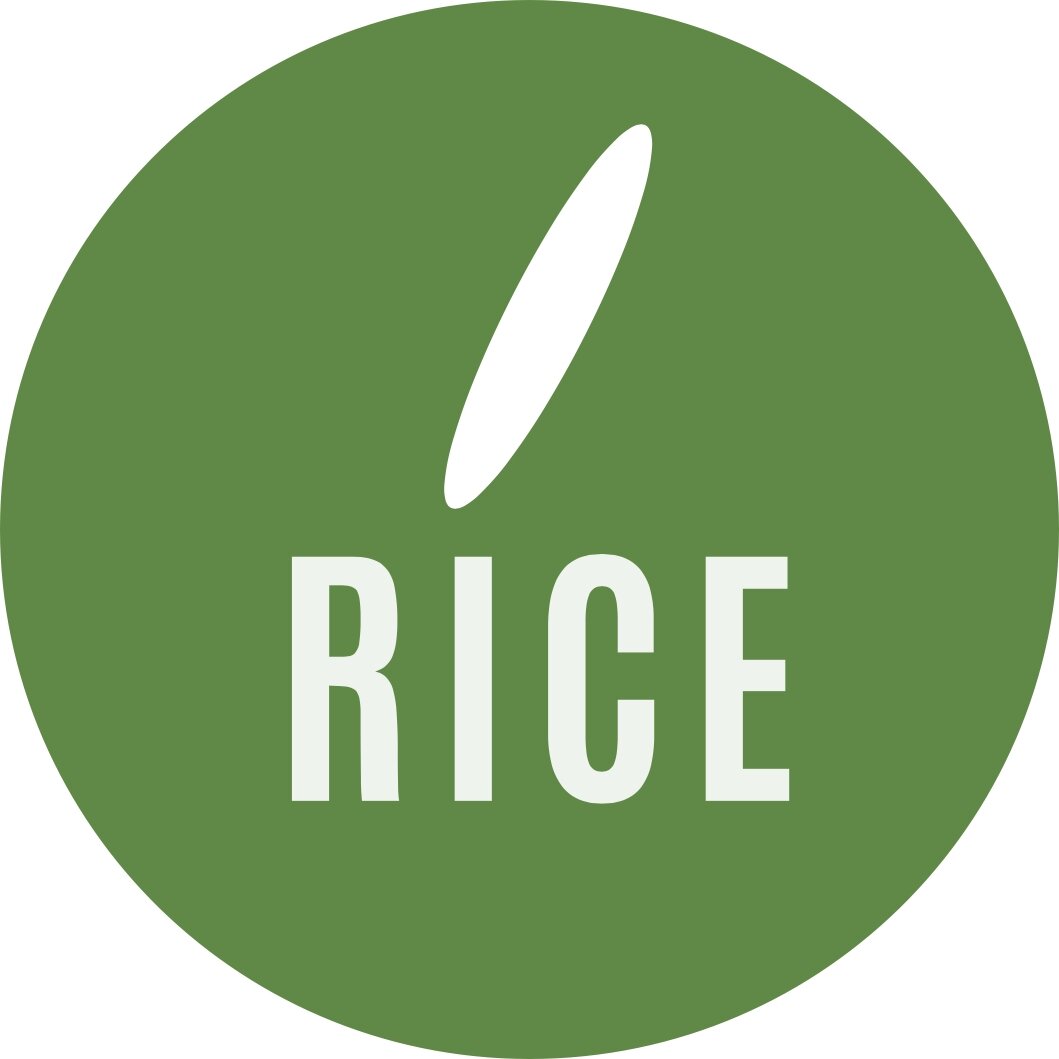Thai Herbs
Herbs and Spices are essential parts of Thai cuisine. Used in combination, they help to achieve a balance of the four essential Thai tastes: salty, sour, spicy, and sweet.
Nearly every Thai recipe begins with a paste. While it is possible to buy ready-made Thai pastes (such as red, yellow, and green curry), these packaged spice pastes will not give you the same flavor and aroma—not to mention nutrients—as a paste made from scratch. In the Thai kitchen, pastes were traditionally made using whole spices and herbs (some fresh, others dried), pounded together with a pestle & mortar. While many Thai chefs still prefer to use this method, a food processor is a convenient and adequate substitute.
Most Thai pastes start with shallots (or onions), garlic, and green or red chilies. Added to this may be a variety of other spices and herbs, including dried or fresh coriander, Thai chili powder, galangal, green peppercorns, lemongrass, and turmeric. Kaffir lime leaves are also a common ingredient, lending a uniquely Thai flavor to pastes or simmering dishes.
Lemongrass is used in various ways in Thai cooking. For some dishes, it is chopped and pounded, other times it is simply cut into long pieces and “bruised” (bent and kneaded or even lightly cut in several places) to release the scent and flavor for soups and curries. Galangal is a relative of ginger, as is fresh turmeric.
Finally, no Thai kitchen would be complete without a good supply of fresh basil. Thais make use of several types of basil in their cooking, including sweet basil, and Thai holy basil.
Below are samples of Thai herbs & spices. To see a list of Thai ingredients, click here.
Shallots
Garlic
Chilies
Turmeric
Dried Chilies
Thai Basil
Fresh Peppercorns
Mint
Galangal
Lemongrass
Coriander
Kaffir Lime













